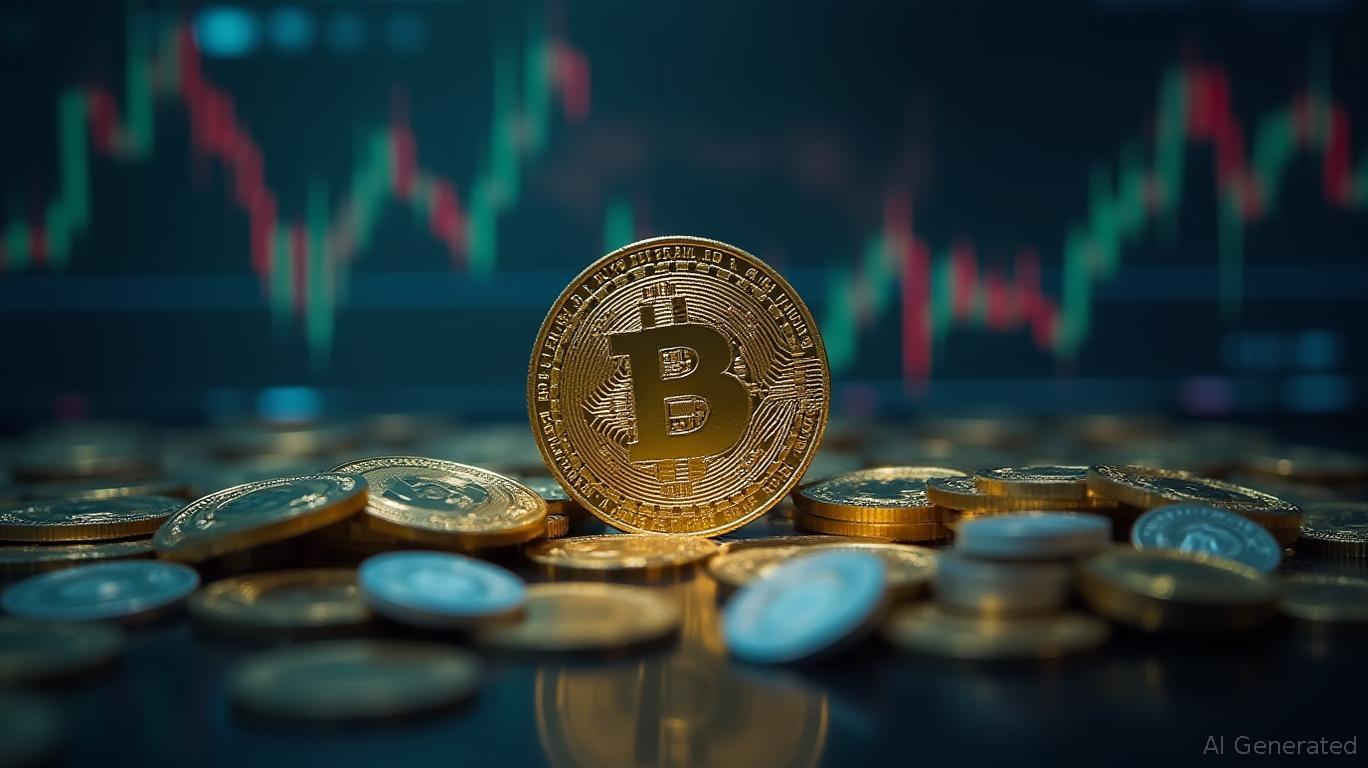Tether Mints $2 Billion USDT Amid Transparency Concerns
Tether, the world’s largest stablecoin by market capitalization, has recently minted $2 billion worth of USDT on the
blockchain. This action, labeled “authorized but not issued,” has sparked concerns about transparency, systemic risk, and the absence of full-scale independent audits. The implications of this move could be severe in the event of a liquidity shock, as it raises questions about Tether's ability to back the newly minted USDT with real-world reserves.The timing and intent behind this minting are crucial. Tether claims that the newly minted USDT is part of its emergency response toolkit, meant to be deployed swiftly during redemption waves or liquidity crunches. This perspective suggests responsible contingency planning. However, a darker interpretation is that Tether may not possess enough real-world reserves to back this $2 billion, given the lack of verified and continuous third-party audits. This uncertainty has experts sounding the alarm, as the market cannot be sure of Tether's financial health.
Tether has long promised a full independent audit but has yet to deliver. Instead, it releases piecemeal attestation reports, which fall short of the full financial transparency expected of a $157 billion asset. This lack of verification has drawn regulatory ire in the past, including an $18.5 million fine from the New York Attorney General over misleading reserve disclosures. The European Union’s Markets in Crypto-Assets (MiCA) regulation adds fresh friction, requiring stablecoins to hold at least 60% of reserves within EU-authorized
. Tether has not complied with this rule, prompting leading exchanges to restrict USDT trading pairs for European users. Tether’s global reach is quietly shrinking, while regulatory scrutiny accelerates.Tether remains the most used stablecoin in crypto, facilitating over half of all daily transactions. Its systemic importance is both a strength and a terrifying liability. If confidence in USDT fails, the resulting redemption surge could cause a chain reaction—sparking a liquidity crunch across DeFi platforms, exchanges, and even centralized trading desks. Analysts warn that such an event would not unfold gradually but would happen suddenly, without warning, and without mercy.
Despite growing distrust, there are viable competitors in the stablecoin arena. USDC, issued by
, publishes regular audit reports and holds the trust of institutional players. Meanwhile, decentralized options like DAI offer transparency through over-collateralization and on-chain governance. Yet, the crypto economy’s heavy reliance on Tether persists. And until a complete audit emerges—or a regulatory standard forces the issue—market participants are essentially placing faith in a black box.The minting of $2 billion in USDT on the Tron blockchain is a substantial amount, and it is important to consider the implications of this move. On one hand, the increase in USDT supply could provide much-needed liquidity to the market, allowing traders to enter and exit positions more easily. This could be particularly beneficial in a market that has seen significant volatility in recent months. On the other hand, the minting of new USDT tokens could also lead to an increase in the overall supply of stablecoins, which could potentially dilute the value of existing USDT tokens and other stablecoins in the market.
It is also worth noting that the minting of new USDT tokens on the Tron blockchain could have implications for the broader cryptocurrency market. Tron is a blockchain platform that is known for its high transaction speeds and low fees, making it an attractive option for stablecoin issuers. The minting of new USDT tokens on the Tron blockchain could signal a shift in the market towards platforms that offer faster and cheaper transactions, which could have implications for other blockchain platforms and stablecoin issuers.
In conclusion, the minting of $2 billion in USDT on the Tron blockchain is a significant development that has implications for the broader cryptocurrency market. While it could provide much-needed liquidity to the market, it also raises concerns about potential liquidity risks. Market participants will be closely watching the impact of this move on the broader cryptocurrency market in the coming weeks and months.


Comments
No comments yet